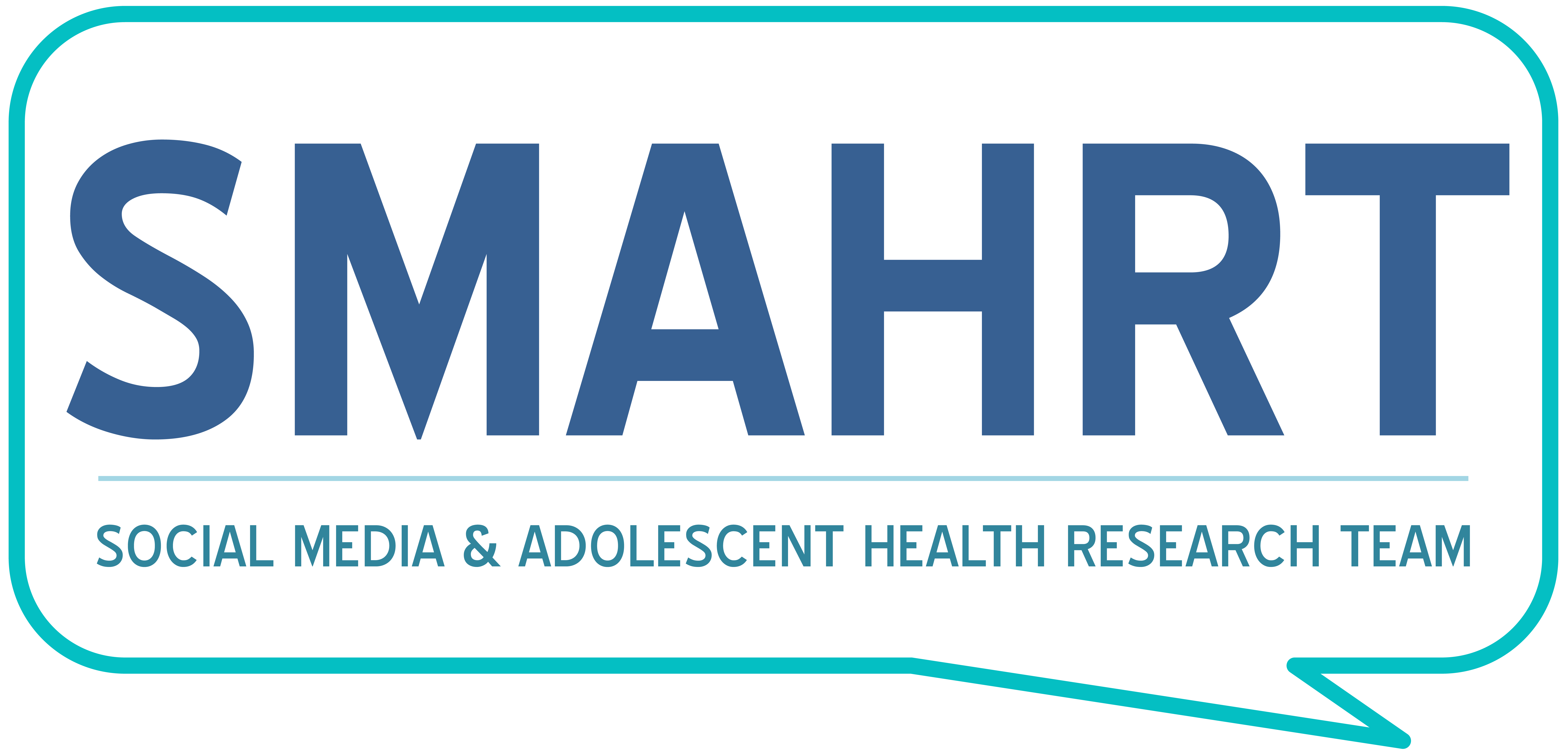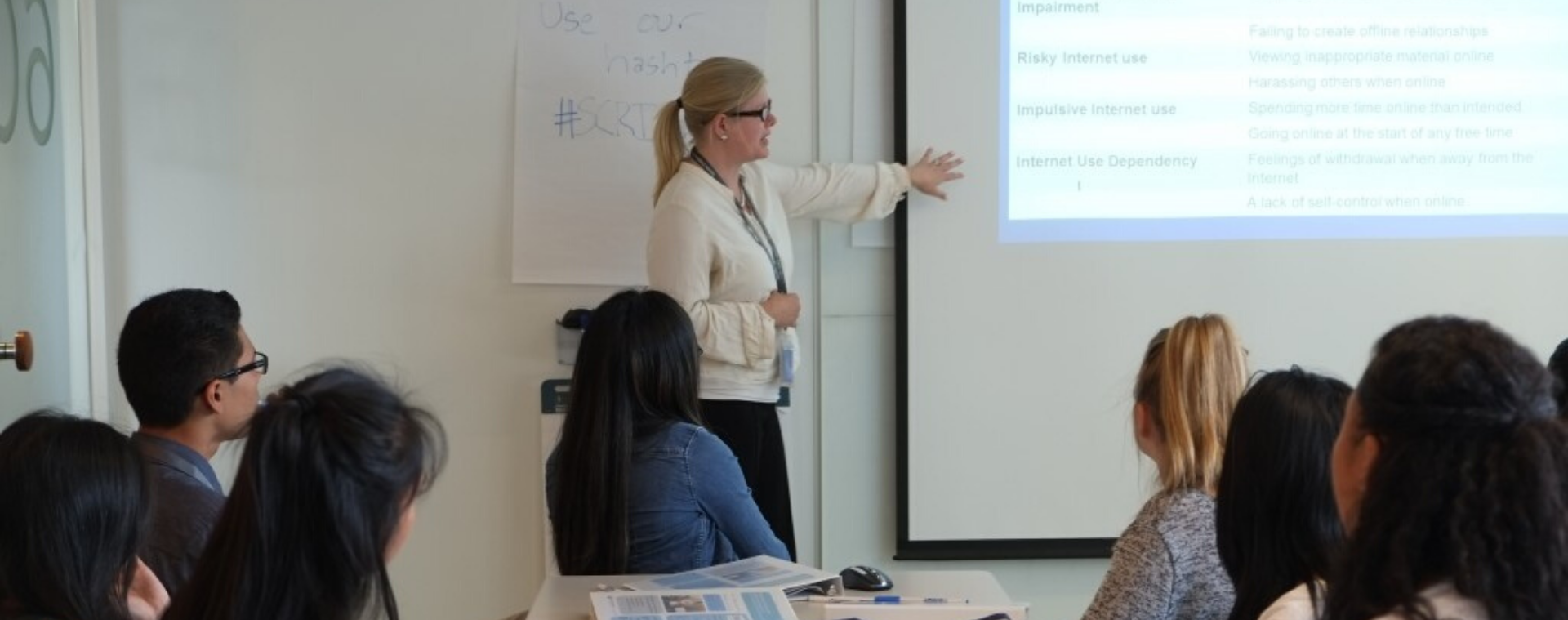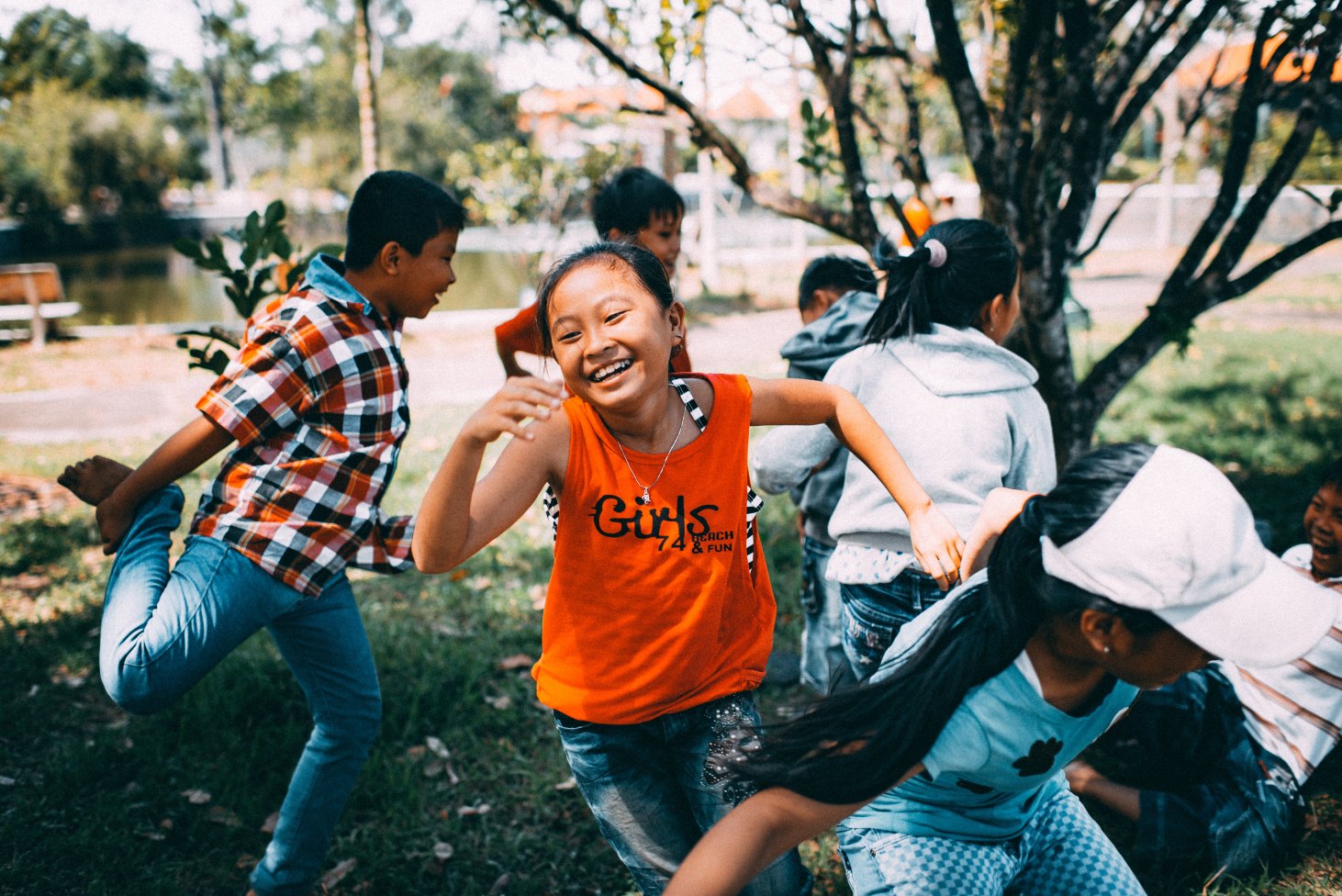Today’s article is from guest blogger and fellow SMAHRTie, Anna Jolliff, MS
I spent last week representing SMAHRT at the ACM Interaction Design and Children Conference in Boise, Idaho. This conference focused on a topic area that is perhaps one step to the left of SMAHRT’s research: human-computer interaction. In comparison with other conferences attended by SMAHRTies, there were many more experts in computer science and human-centered design in the room. Needless to say, I learned a lot.
One of my favorite sessions was a panel on ethics, where we discussed issues such as how to ethically research embodiment, cultural differences, or subjects about which the researcher has preconceived ideas (which is to say, most subjects; after all, we’re only human!).
I was particularly fascinated by our discussion of consent. This is a weighty topic these days, as it should be, and it is equally weighty in the field of human subjects research. When is it appropriate to request consent? When is requiring consent actually problematic? And how have existing standards for consent shaped our body of research?
The topic of consent is particularly thorny when it comes to vulnerable populations, including adolescents under 18, people with disabilities, and older folks. Most pertinent to the work done at SMAHRT is the question of gaining the consent of adolescents. Specifically, our goal to receive informed consent or assent from all participants is often at odds with our desire to maximize the inclusiveness and representativeness of our findings.

In grade school, many of us likely received permission or consent forms to take home to our parents. Routing that consent form to mom or dad was perhaps hard to remember, but for many of us easy enough. However, the ease with which we could pass off a bit of paperwork to mom or dad was actually a hallmark of privilege. That simple prerogative – all slips must be returned by Friday – is not actually so simple for many young kids.
Both in school and in the research lab, children may struggle to obtain parental permission. Perhaps participants don’t live with their parents, either because they are in foster care, because their parents are sick or incarcerated, because they are estranged from their parents, or for another reason. Complicating matters, many institutional review boards – bodies which review the ethics of research protocols – do not consider a guardian’s signature to be a sufficient substitute for a parent’s.
Even participants who live with their parents mind encounter difficulties, if child and parent are seldom at home and awake simultaneously. You can imagine how common this scenario might be for children whose parents work night shifts or odd hours, which is more common in certain socioeconomic brackets.
Even these scenarios presume that a parent would grant permission if they could. Although school fieldtrips or syllabi may easily garner a signature, many topics that are deserving of research may not. For example, a child who wants to participate in research that focuses on LGBTQ populations, or populations who have suffered abuse, may not be willing or able to tell mom and dad of their desire to participate. Alternatively, parents with an undocumented immigration status may be hesitant to return signed forms. In these cases, admitting to being a qualifying participant could actually put the child or parent at further risk. It seems like we can’t afford to include these kids; but can we afford to leave them out?

In practice, what are the implications of this ethical dilemma? For one, it means that children most deserving of research are less often recruited by researchers, who are trying to avoid institutional red tape as well as ethical breaches and real child endangerment. Consequently, our research-based understanding of adolescents – the things we presume are true of all kids – actually only pertains to those with a certain type of privilege. In the same way that much social psychology “knowledge” actually just reflects truths about 4-year college students, so our knowledge of adolescents largely applies to those with non-marginalized identities in stable homes.
As often happens in discussions of ethics, the question of solutions and next steps is a daunting one. To their credit, many funding bodies at the public and private level have incentivized research on protected populations, presumably in part to counterbalance the difficulty in studying these groups. Many institutional review boards are aware of this issue, and open to discussing waivers of parental consent in certain cases. Furthermore, academic reviewers of journal articles or conference submissions are taking a closer look at their applicants’ subject pools, and challenging researchers to go beyond the most convenient sample available.
At SMAHRT, we are always looking for ways to broaden and diversify our reach. We’ve studied Native American youth and their health educators, as well as nontraditional students in community college settings. Our Technology and Adolescent Mental Wellness program (TAM) seeks to fund those projects which study diverse and understudied populations. Still, as a team and as a research community, there is much work to be done.
In the meantime, it is wise to be wary of the results you see reported in both popular news and academic sources. Although measures like those described may work to reverse the bias towards privileged populations, we are far from a body of adolescent health research that truly represents everyone.


